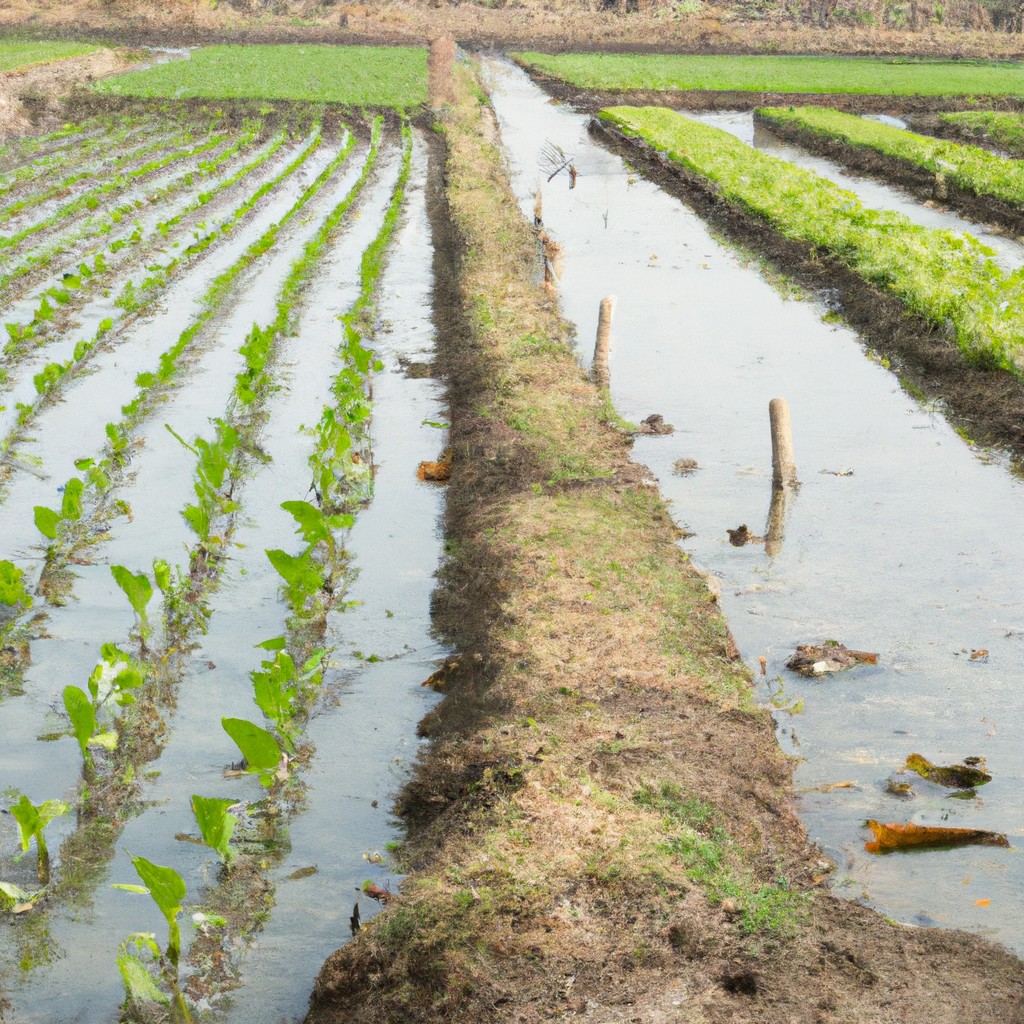Discover how the journey of everyday products, from production to your doorstep, shapes our global economy as we unpack the concept of commodity chains in human geography.
Look Inside:
Commodity Chain Definition

A commodity chain, at its core, is the journey a product takes from where it’s grown or made to where it’s consumed. Picture it as a baton being passed in a relay race, with each runner representing a stage in getting goods from A to B. This includes everyone involved – from farmers or miners starting the race, to the final sprint by retailers handing off the product to you.
Think of your morning coffee: the chain includes the farmer who cultivates the coffee beans, the transportation networks that move them across the globe, the roaster who turns the beans into the dark, aromatic delight, the packaging and distribution process, and finally, your favorite mug. Each step is crucial and adds value, like ingredients in a recipe.
Key points to remember:
- A product’s quality and price can be influenced by different stages and players in the chain.
- Labor practices, trade laws, and environmental impacts also figure into this journey.
- Innovative and sustainable practices along the chain can benefit producers, consumers, and the planet.
Globalization’s Impact On Commodity Chains
As our world becomes more interconnected, the journey of a product from producer to consumer has grown complex and far-reaching. Think of globalization as a master chef, mixing ingredients from every corner of the globe into a single dish. Commodity chains now span multiple countries and continents, with each link in the chain adding a sprinkle of spice from its local market.
Economic wind currents have carried production facilities to places where the cost of business runs lower than a squirrel in a nut factory. The final price tag on goods often masks this globe-trotting adventure. Yet, this convenience comes with a dilemma – local producers may find themselves squeezed out, like a forgotten lemon half behind the refrigerator.
One ripple effect of this global connection is the way it reshapes labor markets. Some areas become hotbeds for certain industries, attracting workers like bees to a blossoming flower field. Meanwhile, others might face a labor drought as jobs migrate to foreign fields.
Furthermore, globalization has transformed how value is added to products. A pinch of technological innovation here and a dash of marketing prowess there significantly alter a product’s final taste. It links consumers to distant economic activities, stirring awareness and sometimes discontent when ethical or environmental practices spoil the broth.
In the classroom, this global recipe provides a feast of discussion points – from examining the impacts of multinational corporations to debating the ethics of labor practices sprinkled across the globe. And just like in cooking, students learn that every choice in the commodity chain, from sourcing to production, carries its own set of flavorful consequences.
The Environmental Consequences of Commodity Chains
Commodity chains can sometimes put a hefty toll on our planet, inadvertently wearing Mother Nature’s patience thin. For starters, think about the distance a simple coffee bean travels before becoming the steaming cup that kickstarts your morning. This bean’s journey, often from remote, fertile pockets of the globe to your local coffee shop, embodies the ‘food miles’ concept. More miles can mean a larger carbon footprint. That’s quite the jet-setting lifestyle for something you sip without a second thought!
Then, there’s deforestation – nature’s library being stripped off its shelves. Expanding agricultural frontiers, driven by the hunger for monoculture plantations like soy and palm oil, are clearing out vast swaths of forest, leaving biodiversity in a pinch. Imagine a world where trees are the unsung heroes, holding the fort by locking away carbon, and we—the villains—dismissing their valiant efforts.
It’s not just on land where our influence trickles down; our waterways take the brunt, too. Excessive usage of fertilizers in firm pursuit of bumper crops leads to nutrient runoff, birthing algal blooms that could smother aquatic life faster than you can say ‘ecosystem imbalance.’ It’s akin to overfeeding fish in a tank, turning their vibrant sanctuary into a murky cloud of gloom.
Lastly, factor in soil degradation – it’s as if the earth beneath our feet is getting tired, sapped of vitality by over-cultivation and questionable chemical love potions masquerading as fertilizers. Healthy soil is like a robust savings account for plants, but some modern practices are withdrawing nature’s currency without depositing anything back.
So, while the global market reaps the conveniences of vast, interconnected commodity chains, the environmental tab keeps getting heftier. It’s a tough pill to swallow, knowing that every purchase has invisible strings attached, tugging at the health of our planet.
Economies of Scale in Agricultural Production
Bigger can mean better savings when we talk about farming on a large scale. Think of buying in bulk at your local warehouse club – when you grab that oversized cart and pile in the mega packs of toilet paper, you’re practicing your own economy of scale. Similarly, farmers can save a penny or two by upscaling their production. This means investing in vast tracts of land, gigantic tractors, and oceans of pesticides all at once.
The magic of mass production doesn’t stop with just cutting costs. When farms grow, the price of your morning cereal might drop. The reasoning is simple: the more wheat a farmer harvests, the less each grain costs to produce and, often, the less it costs on the store shelf.
But it’s not all sunshine and rainbows. While getting more bang for your buck sounds great, this system can sometimes squeeze out the little guy – small-scale farmers may find it tough to compete with the big-farm bullies who can afford to sell apples for less.
Not to mention, when we’re talking tractors the size of a T-Rex, the environment might take a hit. Heavy machinery and fertilizers boost yields but can also lead to soil degradation, water pollution, and unhappy bees.
In essence, farming’s version of ‘go big or go home’ can be a double-edged sword: it’s a game-changer for feeding an ever-hungry planet, but it might just nibble away at the health of our ecosystems too.
Commodity Chain in AP Human Geography Exam Topics
Grasping the intricacies of commodity chains prepares students for the AP Human Geography exam. Digging into this concept involves understanding how goods travel from their raw form to the consumer’s hands.
Key points include:
- Analyzing how location impacts agricultural and industrial processes.
- Identifying the roles of producers, laborers, and consumers.
- Examining the geographical shifts in production and consumption over time.
Students should dissect case studies, revealing how local economies integrate into global networks. For instance, a simple cup of coffee involves growers, exporters, roasters, and retailers. This commodity’s journey exemplifies the elaborate web connecting economies and cultures.
Mastering these connections showcases the dynamism of human-environment interactions, an AP exam essential. Additionally, the importance of scale is crucial, from local artisans to multinational corporations.
Study practices like concept mapping aid in visualizing and retaining these complex relationships. It’s a vital toolkit component for anyone aiming to ace the commodity chain segment of their AP Human Geography exam.




